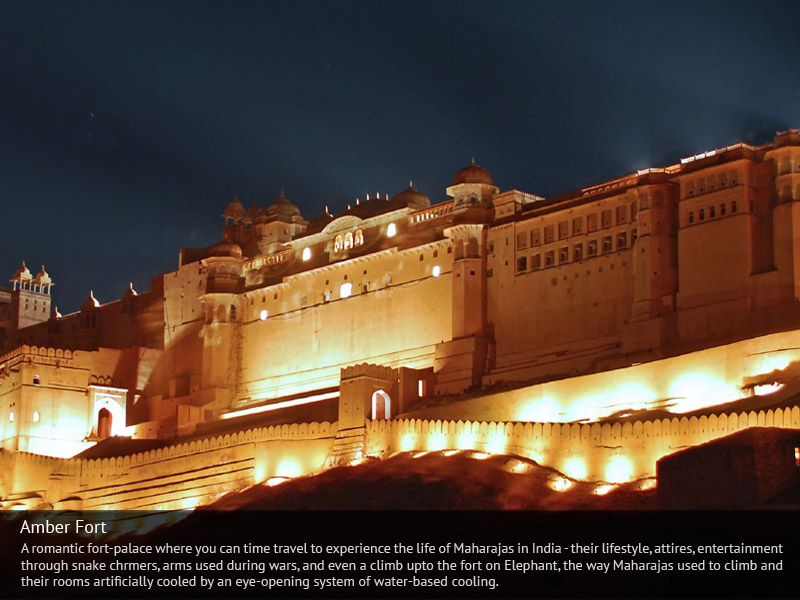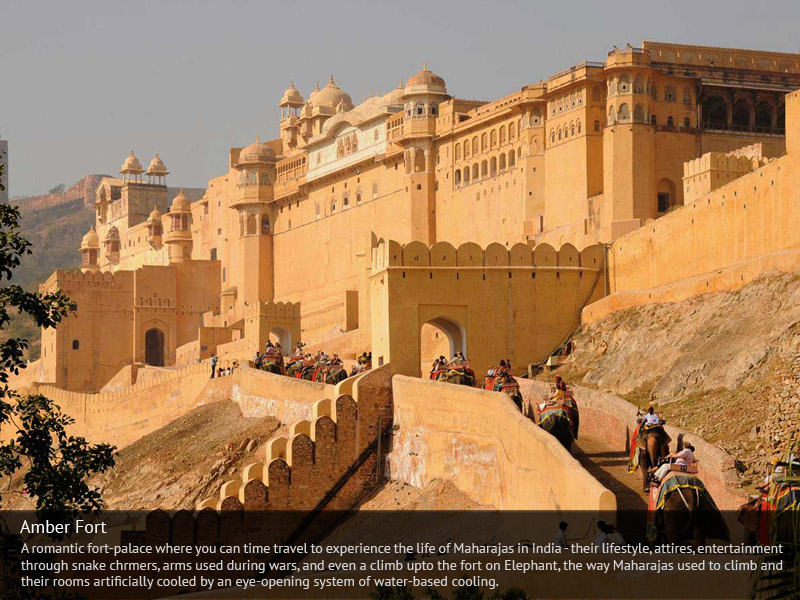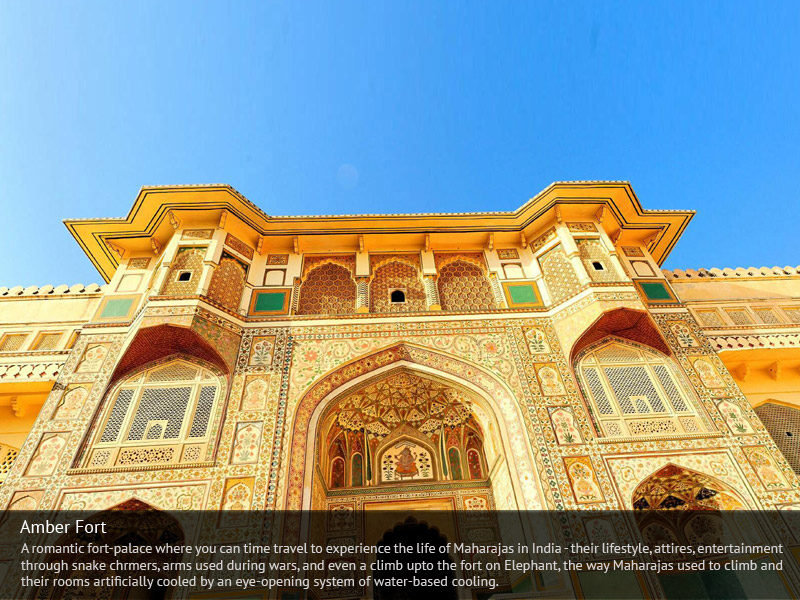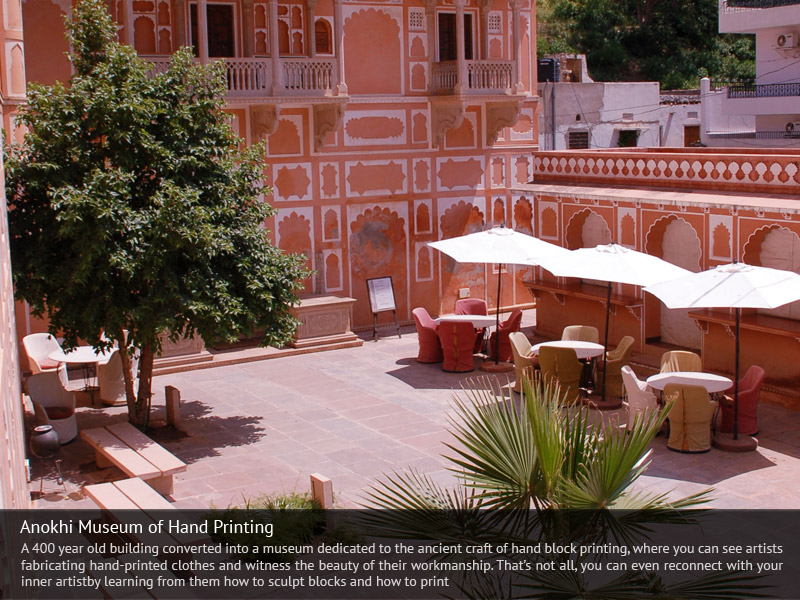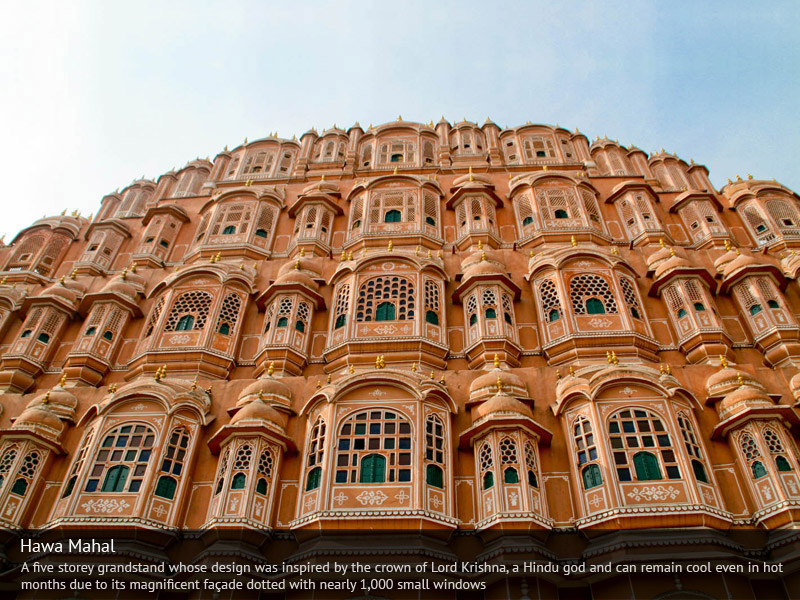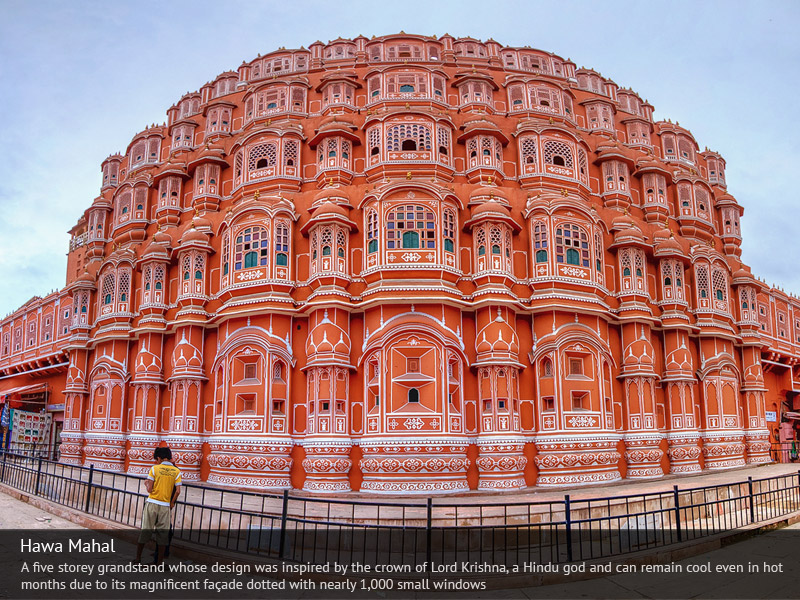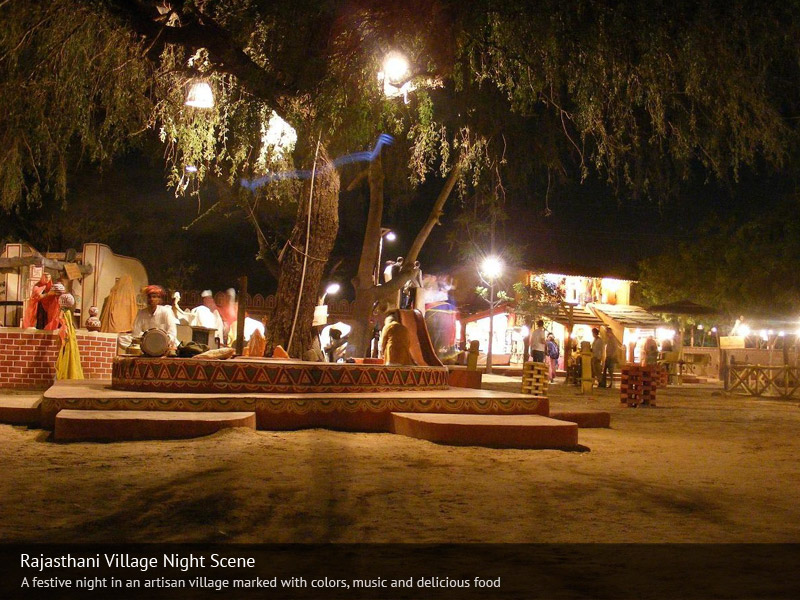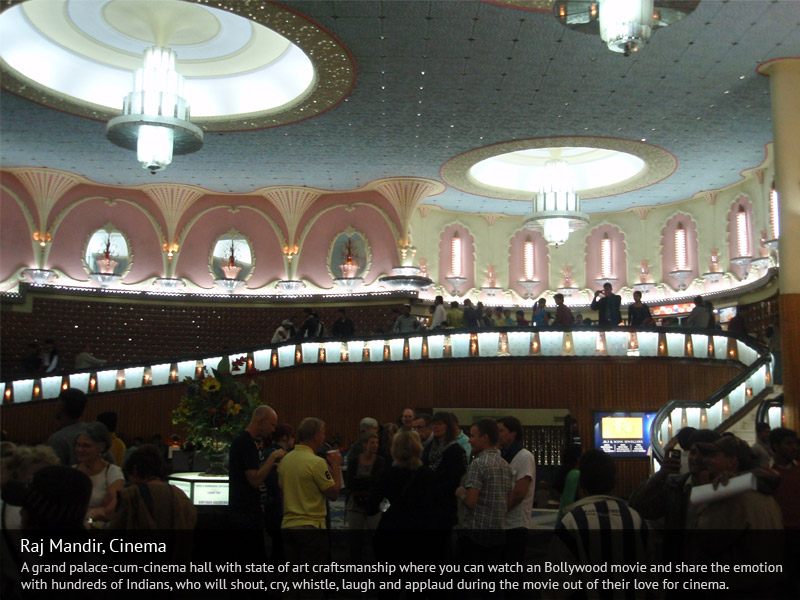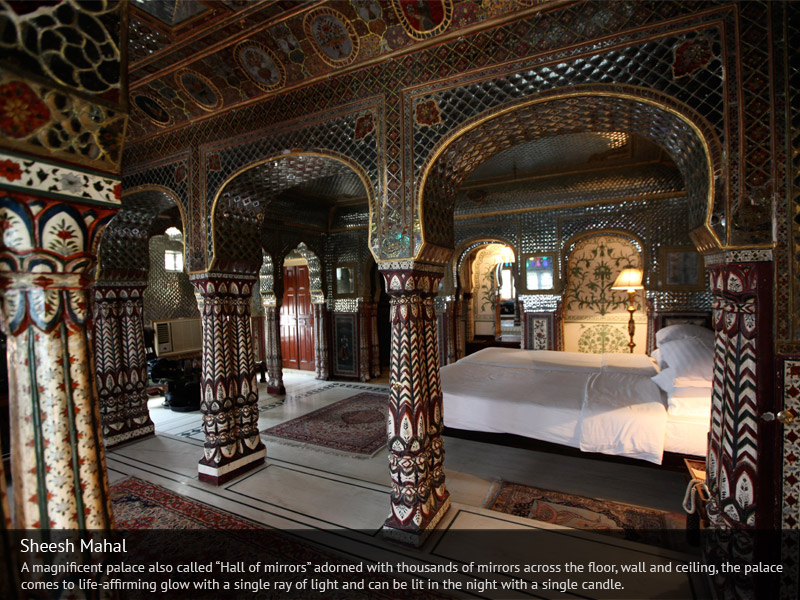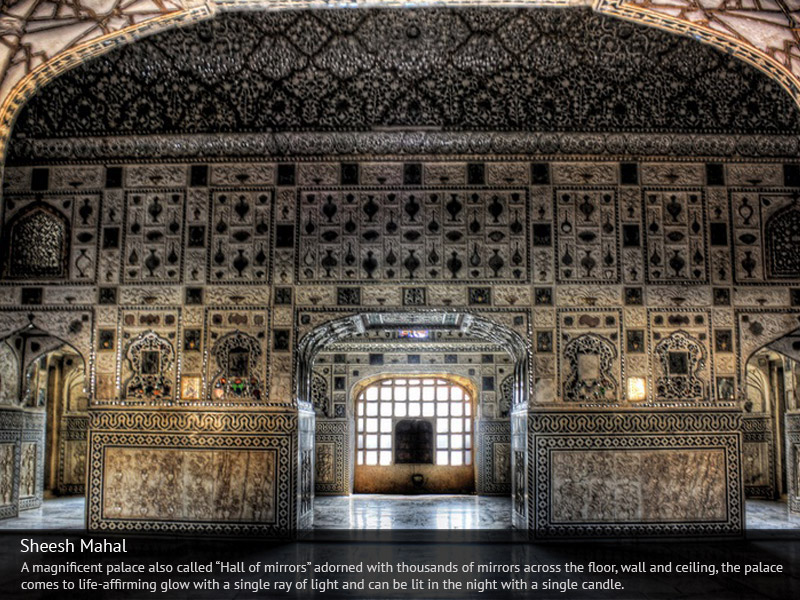Chapter of Cultural Immersion | Global Villagers' Expedition
| Day 3 – 4 |
THE SECOND STEP
is to
BUILD THE FOUNDATION
for a lasting transformation
by
GETTING COMFORTABLE WITH DISCOMFORT & CHANGE
in
A LITTLE-KNOWN ARTISAN VILLAGE
Way off the map, eagerly inviting you for a
testing, yet exhilarating
CULTURE SHOCK
What would a true global village look like? How would people from all over the world work together and what would their combined culture look like? How will they communicate if they didn't have a shared language? What will their food taste like if they make it together? What would their shared efforts look like to do anything, to make something, to play something, to try something new?
In this chapter, we will explore this thought in a village near Jaipur that is authentic and unadulterated by tourism. Our mandate is not just to experience the colorful, challenging and intriguing village life, but to repaint the whole village with a sense of oneness and surreal fusion of languages, music, art forms, food and even fashion!
The idea is to immerse you into an environment of uncertainty that results from losing familiarity – how to greet people, how and when to accept, give and refuse directives and when to take statements seriously. The goal is twofold: to strive for oneness with cultural differences and to emerge stronger as an individual who can mount a winning flag on uncertainties and differences that once made you deeply uncomfortable.
The journey starts with an outdoor orientation session where you discover Jaipur – the cultural capital of India – and build an understanding on its unique history, culture and some of the local customs for your expedition ahead. You are assisted by Chapter Navigators – a team of culture and art enthusiasts – who introduce you to village life and mentor you during your intercultural expedition.
These three days, each sub-team is assigned to a set of rural families, tasked with the opportunity of merging their own cultural identities with those of local villagers. This expedition is divided into two parallel phases: one, where you experience their way of living – live in thatched huts, cook local food in clay ovens, learn the art of block printing, and participate in the daily routine of farming; and two, where you work towards cultural fusion – an American graffiti artist and a Madhubani mural painter making art together, a French cook and an Indian housewife making a new cuisine; a Spanish guitarist making fusion music with an Indian sitarist – the options are endless.
These two days push you out of your cultural limits. In a short time, however, you experience the surreal evolution of an Indian village into a truly global village, what options and limitations this poses, and the pains and pleasures of cultural mixing and fusion of several different worlds.


